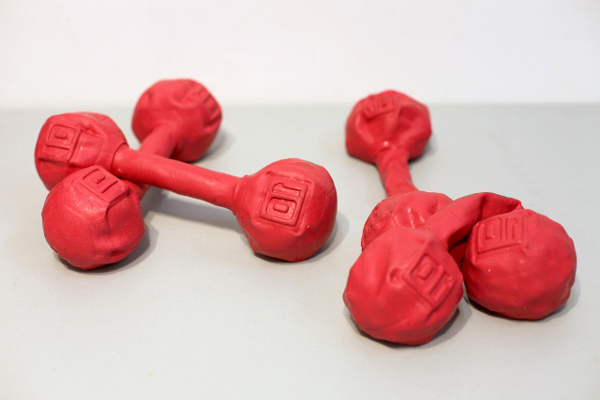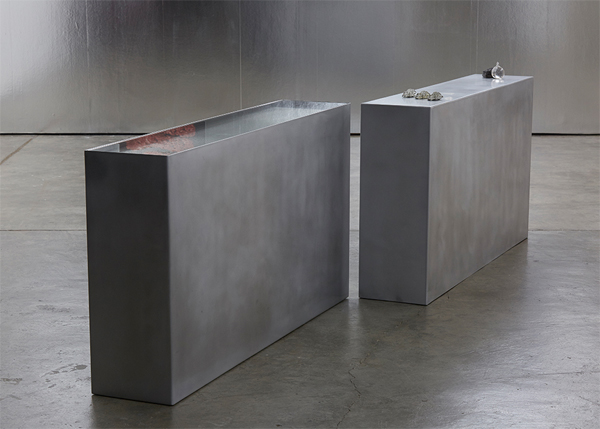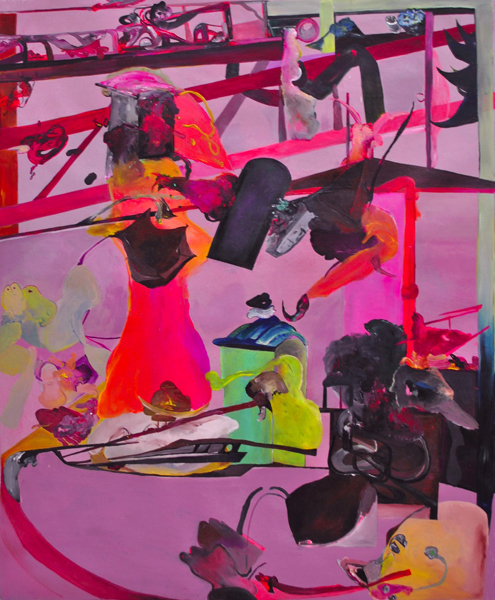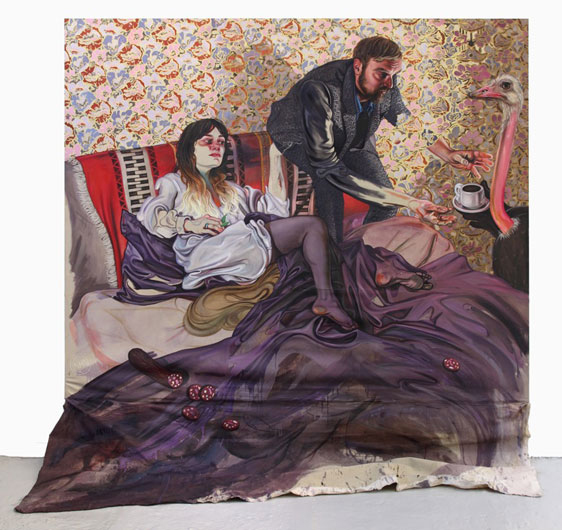KIM YE – SPORTSWOMAN
2015-11-23Ye’s oeuvre can be seen as reflections and manifestations of how the mind and, integral to this, the body responds to preordained constructs such as behavioral norms, human-made environments, and collective rituals. Acting within and pressing against the pressure towards orthodoxy, Ye’s work describes the latent psychic forces that provoke an individual’s desires to experience the strange, the new, and the unexplored.
For the current project, Ye directs her attention to ideas and objects specifically related to sports and athletic training–locating their analogs in artistic practice and BDSM culture. All rule-based disciplines, they constitute a significant role in the artist’s personal history as competitive athlete, visual artist, and professional dominatrix. In each of these fields, there is the expectation that participants acknowledge and operate by an agreed-upon code, though it is often in transcending or bending this very code that one emerges victorious.
Themes of discipline, mastery, endurance, and power exchange run through the show. Taking into account the gendered experience of the athlete/artist/dominatrix, Ye examines how these delineations within the quest for personal glory informs one’s concept of self and reverberates through interpersonal dynamics. The work questions whether this ritualistic practice/training is in preparation for competition, or if the very notion of competition itself is a collective fiction that facilitates practice.
Opposite – Athleisure, 2015
Exhibition runs through to January 17th, 2016
JAUS
11851 La Grange Ave
Los Angeles
CA 90025





